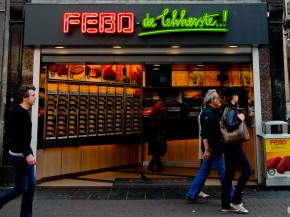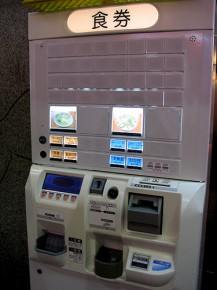
Post by Elise Hu, All Tech Considered at NPR Food (8/29/13)
In perhaps the largest nationwide fast-food strike in history, the employees who make your 99-cent burgers and tacos were planning strikes in 50 U.S. cities Thursday. Workers are calling for a $15 minimum wage and hoping to raise attention to the fast-food industry's low pay and limited prospects. The current federal minimum wage standard is $7.25 per hour.

Business-friendly groups argue that the push for higher wages will only speed up the workers' "replacement by automation," especially if the demand for a higher minimum wage is met.
"The burgers of tomorrow could be made by robots — not employees," argues The Employment Policies Institute, a business-financed think tank that is running a full-page ad against the strike in The Wall Street Journal.
"The fight for $15 is a fight against technology, not management — and that's a fight that these union-organized protestors can't win. Instead of securing a bigger paycheck, the less-experienced employees demanding a more than 100 percent pay increase will find their jobs replaced by less-costly alternatives," Michael Saltsman, research director at EPI, said in a statement.

The chances of Congress raising the federal minimum wage are beyond slim, especially during a time when the only bills lawmakers can seem to pass involve renaming post offices. But the automation question got us thinking. Haven't we seen automated fast-food restaurants somewhere before?